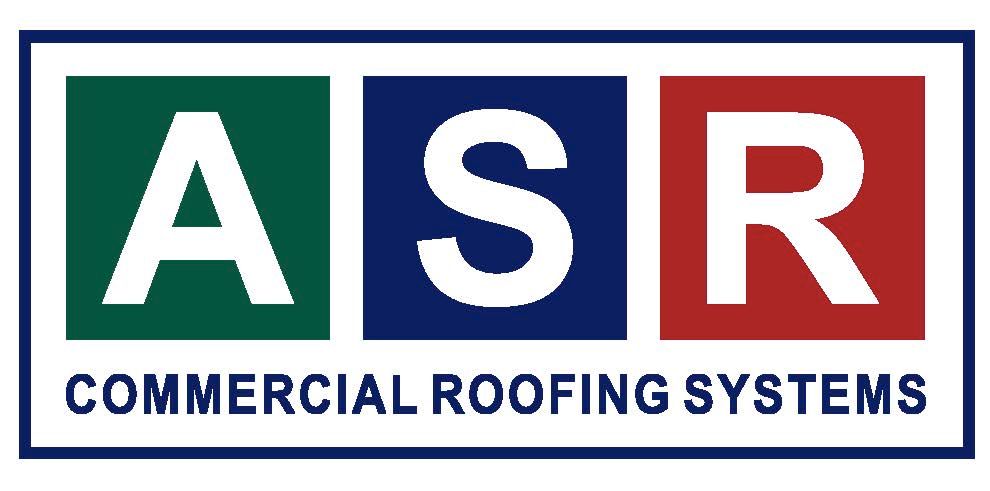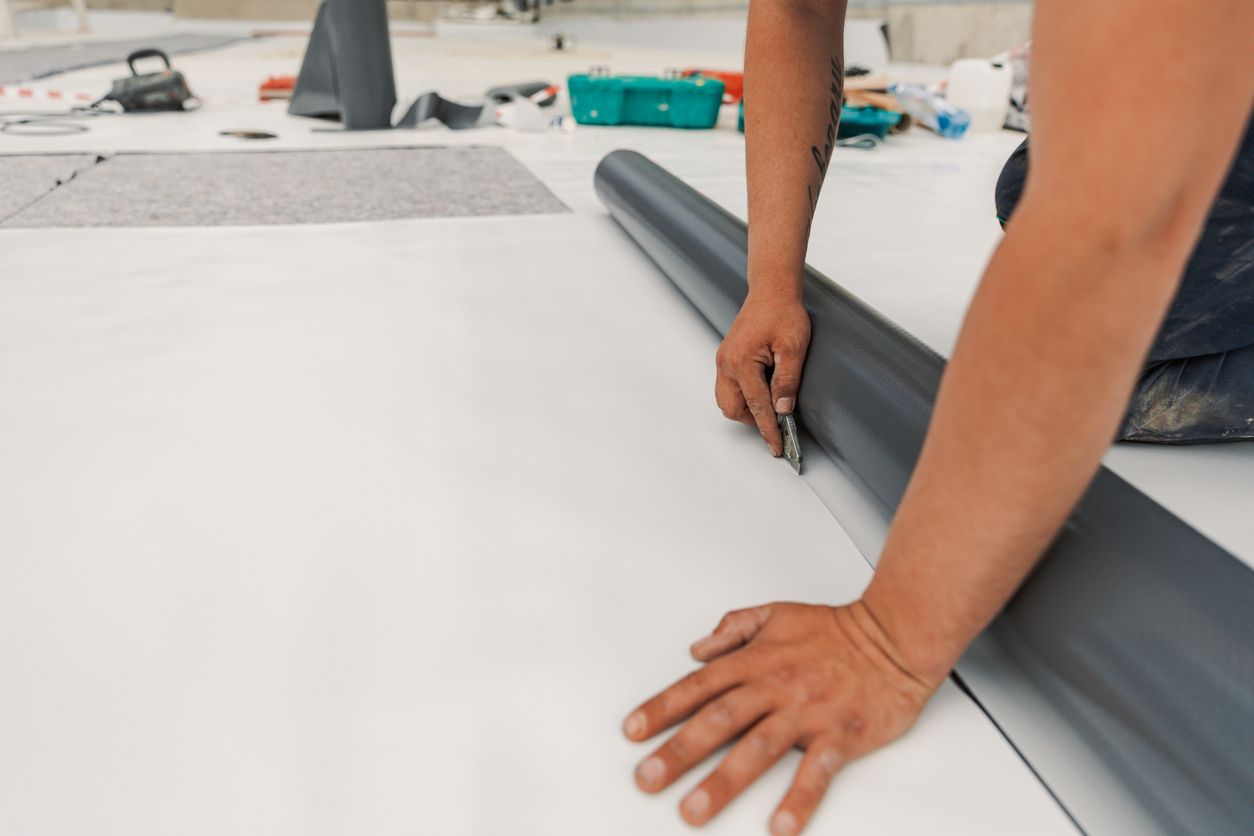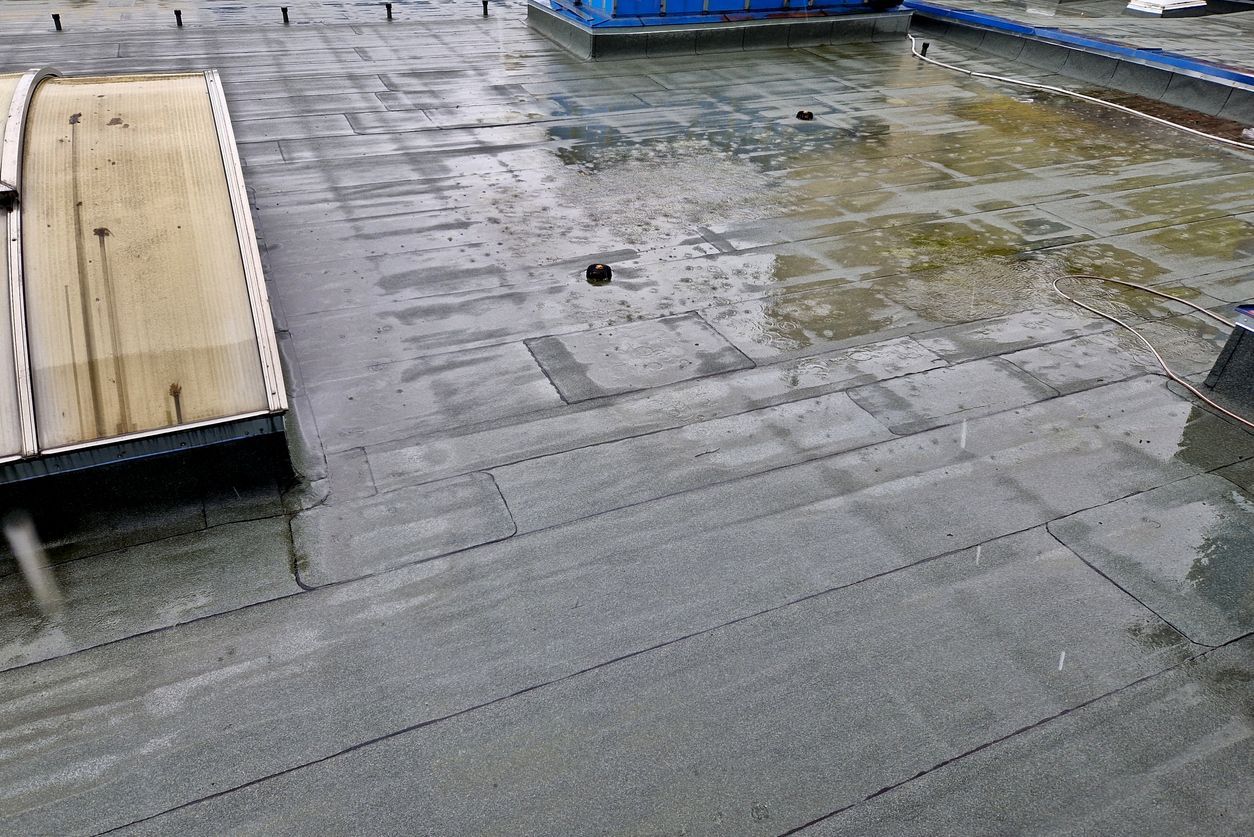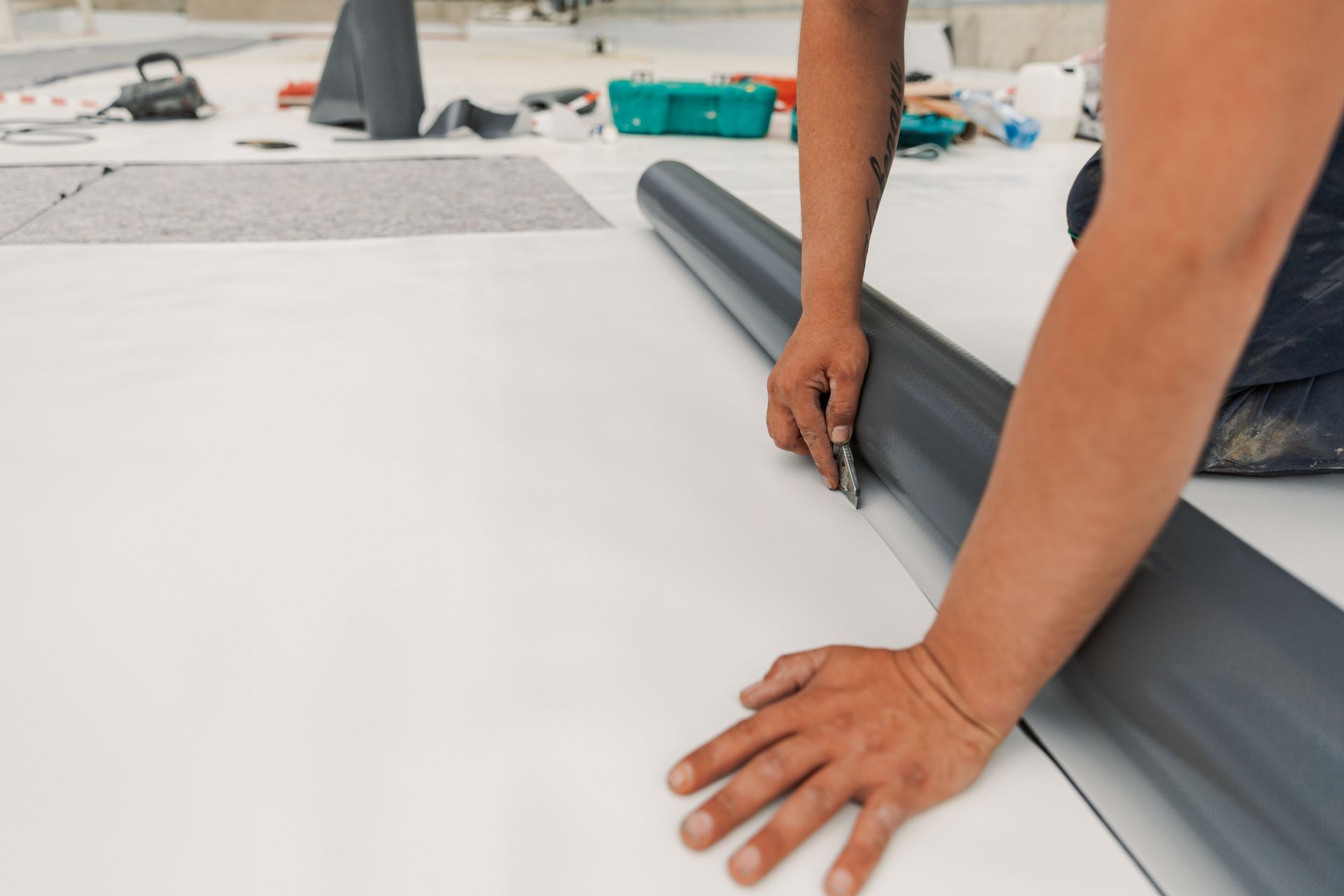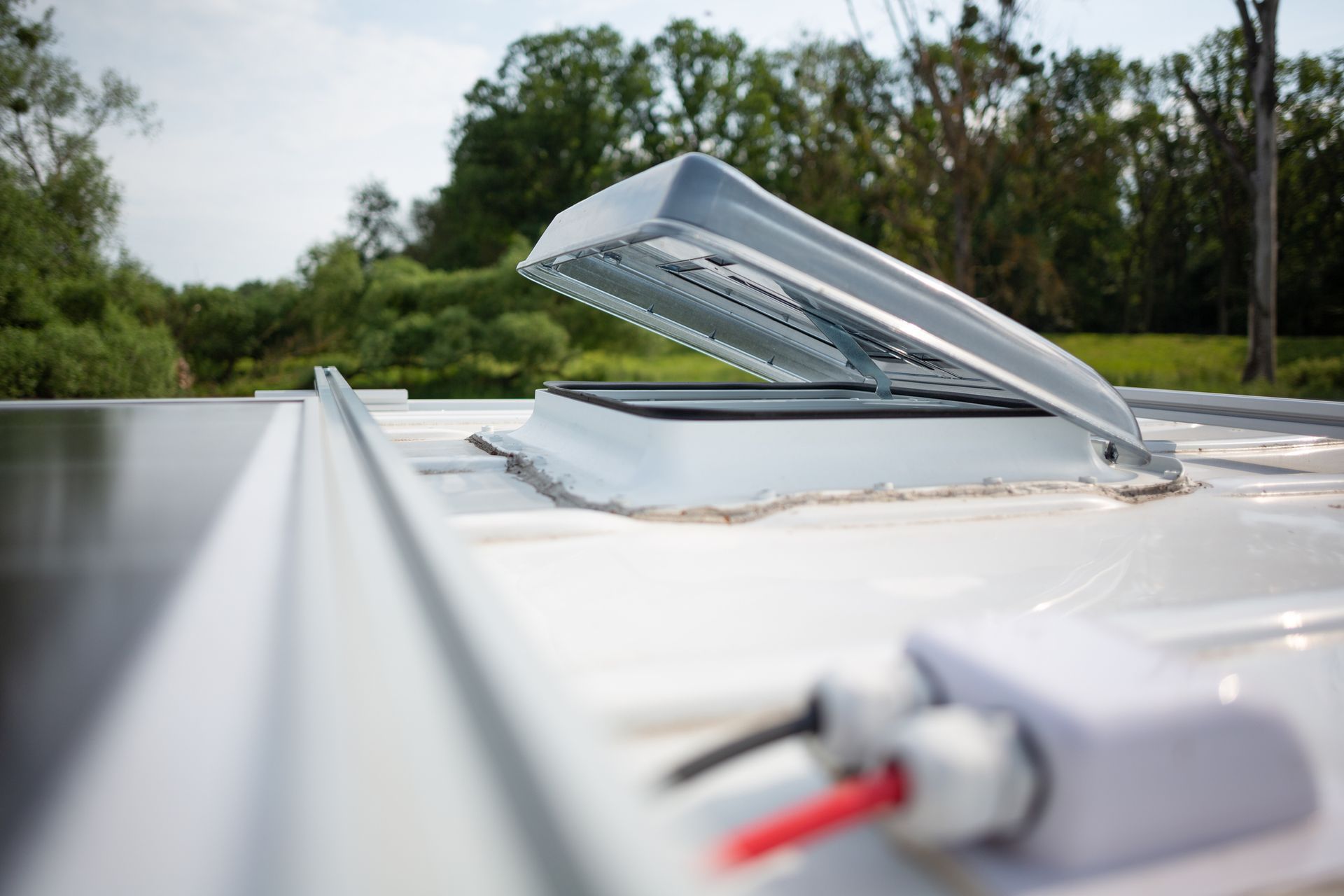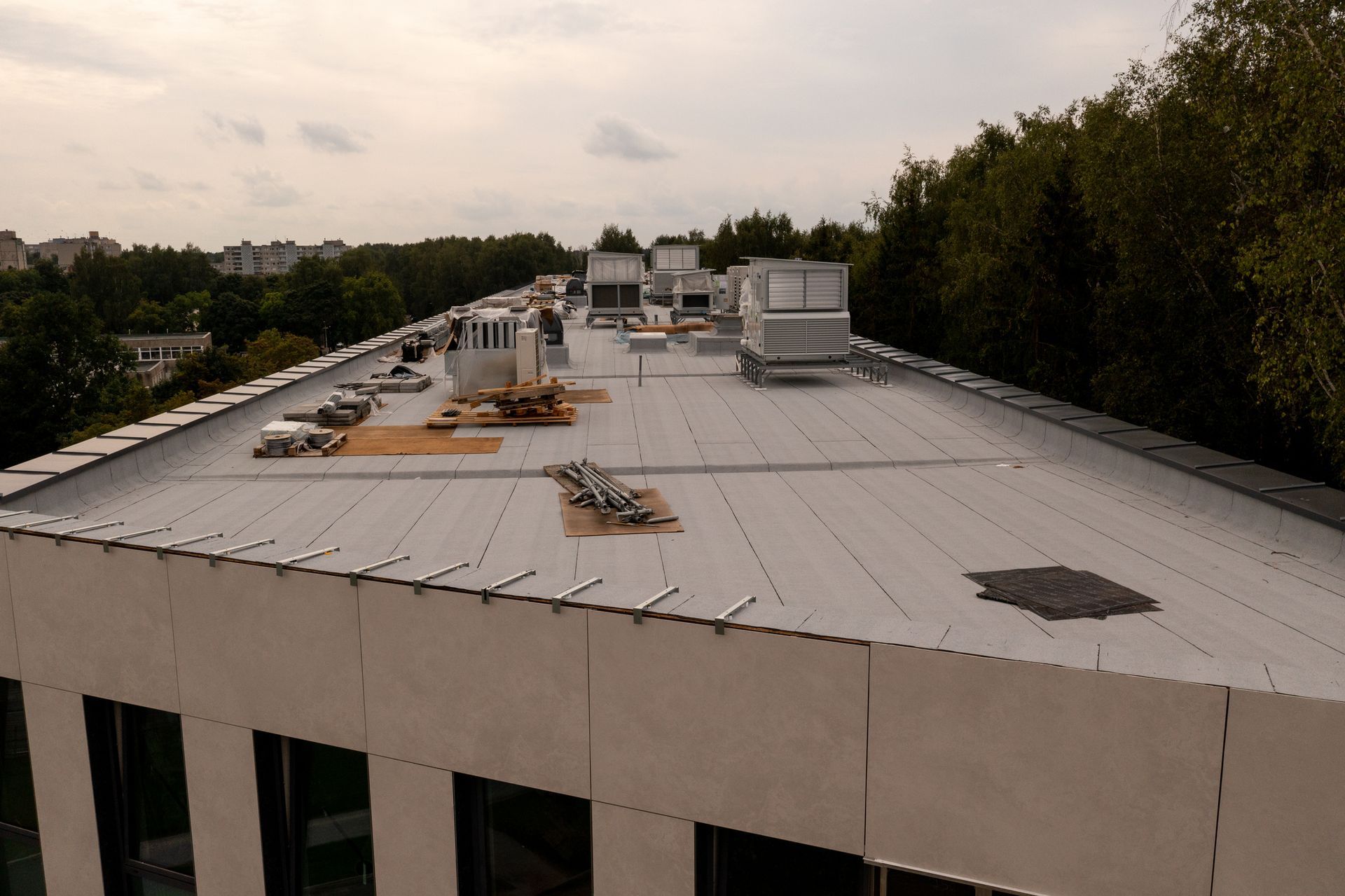What is a Low Slope Roof?
Low slope roofs are a common sight in both residential and commercial buildings, striking a balance between architectural design and functionality. Their versatility makes them suitable for a variety of architectural styles, from modern to traditional, allowing for creative roofing solutions that enhance the overall aesthetic of a building. Moreover, their design offers practical benefits, including the maximization of usable indoor space and easier installation and maintenance compared to steep slope roofs. Understanding the specifics of low slope roofing can help in making informed decisions for your property, ensuring that you select a roofing system that not only looks good but also provides the functionality you need for long-term protection and performance.
What is Considered a Low Slope Roof?
A roof is categorized as low slope when it has a pitch not steep enough to be deemed steep slope – specifically, when it rises less than 3 inches over a horizontal distance of 12 inches. This design is not just about aesthetics; it's a practical choice for many building types, allowing for efficient space utilization both above and below the roof line. Moreover, low slope roofs facilitate easier installation of HVAC systems and solar panels, optimizing the functionality of the building's layout. Additionally, this type of roofing is recognized for its cost-effectiveness in construction and maintenance, providing an economic advantage for large-scale commercial projects.
What Material Can You Use on a Low Slope Roof?
Choosing the right material is crucial for ensuring your low slope roof can withstand the elements. Here are your top contenders:
- Built-Up Roofing (BUR):
Built-Up Roofing (BUR) is celebrated for its longstanding reliability and durability, derived from its unique construction of alternating layers of bitumen and reinforcing fabrics. This method creates a robust, waterproof barrier that is exceedingly hardy against the elements, making BUR a trusted choice in roofing systems for decades. Its proven performance and resilience make it an ideal solution for property owners seeking a dependable roofing option with a well-established track record for longevity and protection. - Modified Bitumen:
Modified Bitumen roofing takes the time-tested reliability of Built-Up Roofing (BUR) and advances it with the addition of rubber or plastic polymers, enhancing both its flexibility and strength. This augmentation not only increases the material's adaptability to temperature fluctuations but also boosts its resistance to punctures and tears, making it a robust option for regions experiencing diverse weather conditions. The result is a high-performance roofing system that combines the durability and long lifespan of traditional BUR with modern materials science to offer superior protection and resilience.
What is the Difference Between a Flat Roof and a Low Slope Roof?
The difference between flat and low slope roofs, while subtle, plays a crucial role in both the architectural design and functionality of a building. Flat roofs are characterized by their almost level surface, with a pitch so minimal it is nearly imperceptible to the eye, designed primarily to facilitate basic water drainage. This type of roof is common in modern and commercial architecture, where the aesthetic and practicality of a flat, accessible surface is desirable. The barely-there incline is sufficient for preventing water accumulation, but it requires a careful approach to water management systems to ensure that standing water does not become an issue, potentially leading to leaks or structural damage over time.
On the other hand, low slope roofs possess a noticeably gentle pitch, visibly inclined enough to enhance water runoff yet not steep enough to classify as traditional pitched roofing. This slight incline significantly improves water drainage efficiency compared to flat roofs, making low slope roofs a versatile choice for various building types, including commercial, industrial, and certain residential structures. The enhanced drainage capabilities of low slope roofs also expand the options for roofing materials and methods of installation, allowing for the use of single-ply membranes, built-up roofing (BUR), or modified bitumen systems. This distinct architectural choice not only impacts the building's external appearance but also its internal functionality, as the design of the roof can affect everything from temperature regulation to the potential for additional rooftop amenities.
Navigating the complexities of low slope roofing requires expertise and precision to ensure longevity and functionality. At All Seasons Roofing, we specialize in delivering tailored low slope roofing solutions, from selection to installation and maintenance, designed to meet your specific needs. Let us take the worry out of your roofing challenges, providing you with a durable, high-quality roof that stands strong through all seasons.
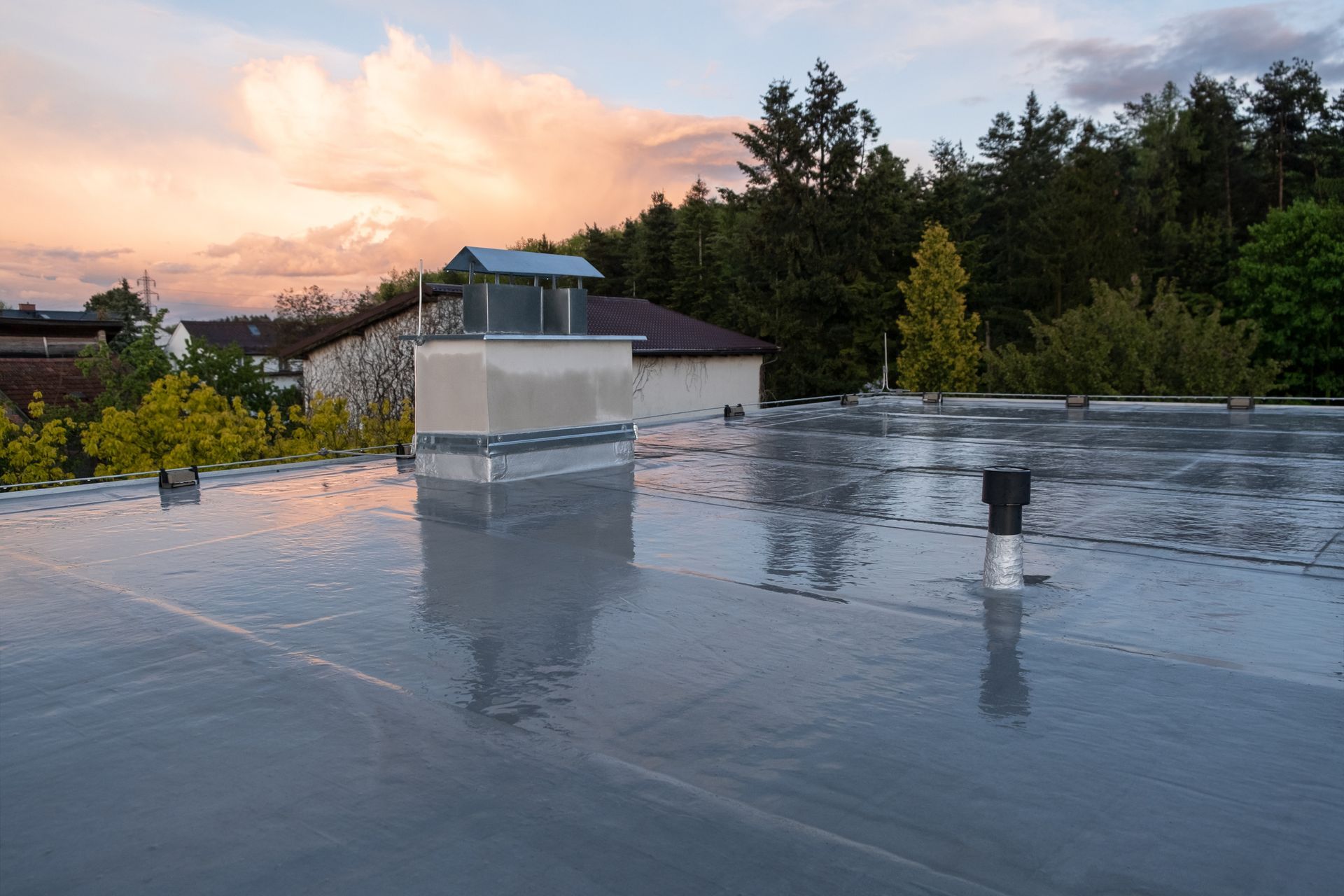
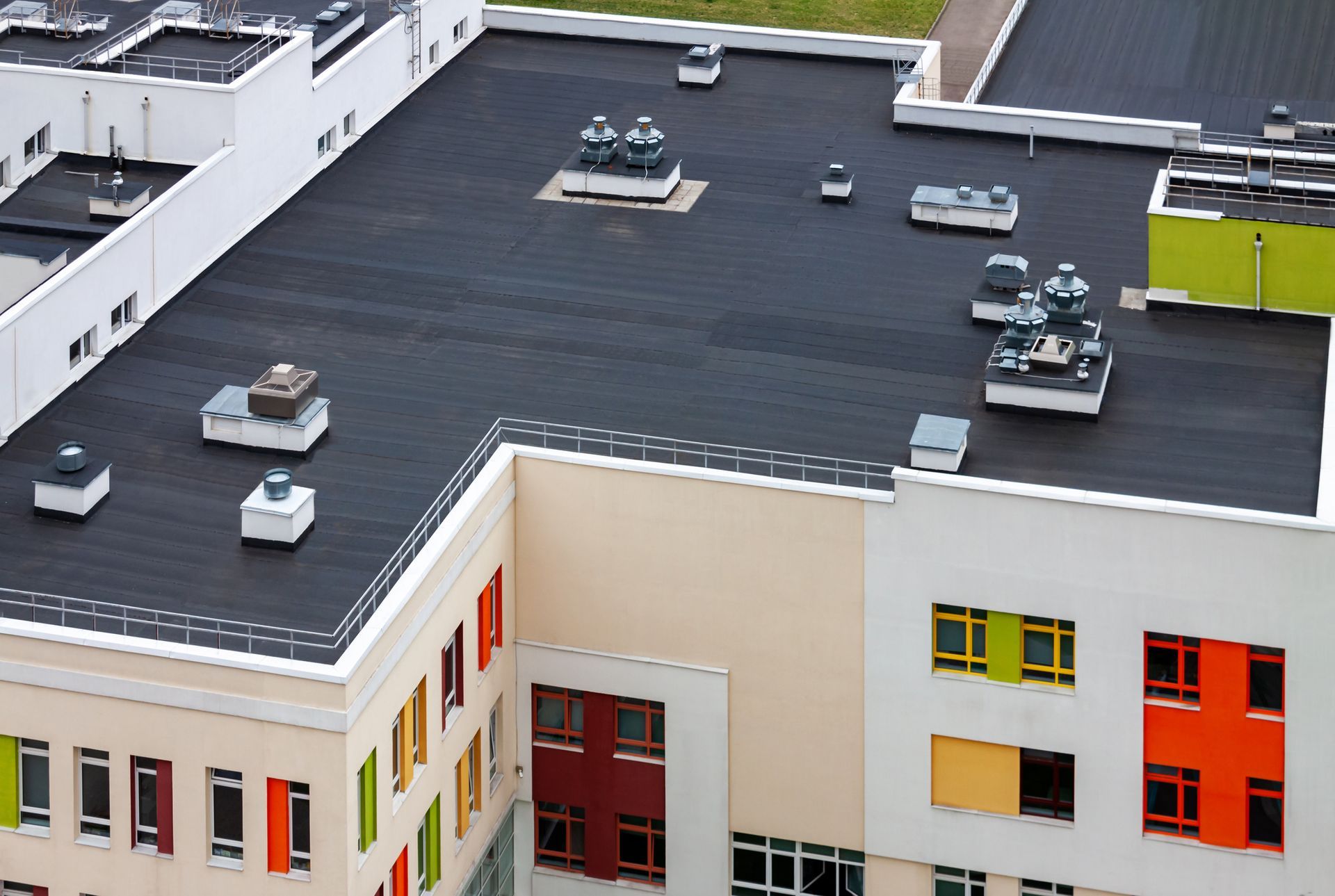


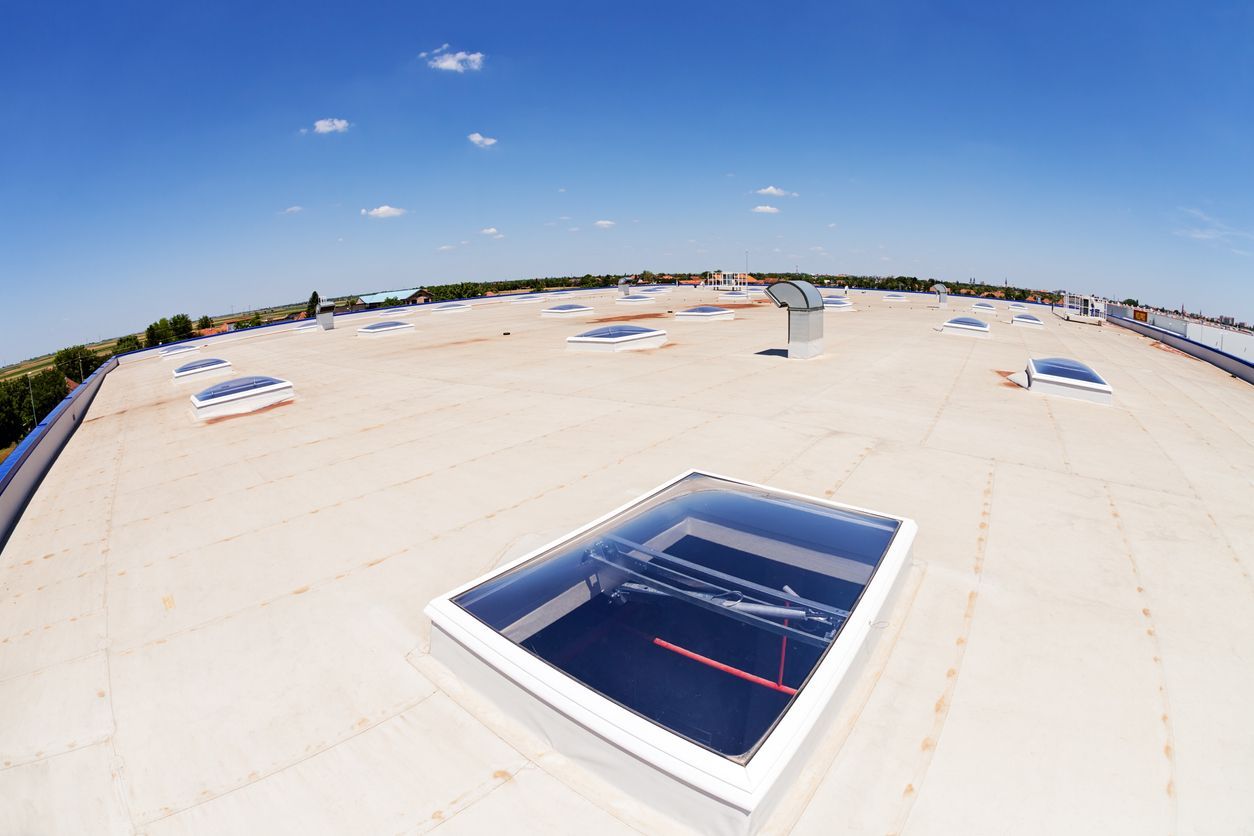
All Rights Reserved | All Seasons Roofing | Powered by Flypaper | Privacy Policy
